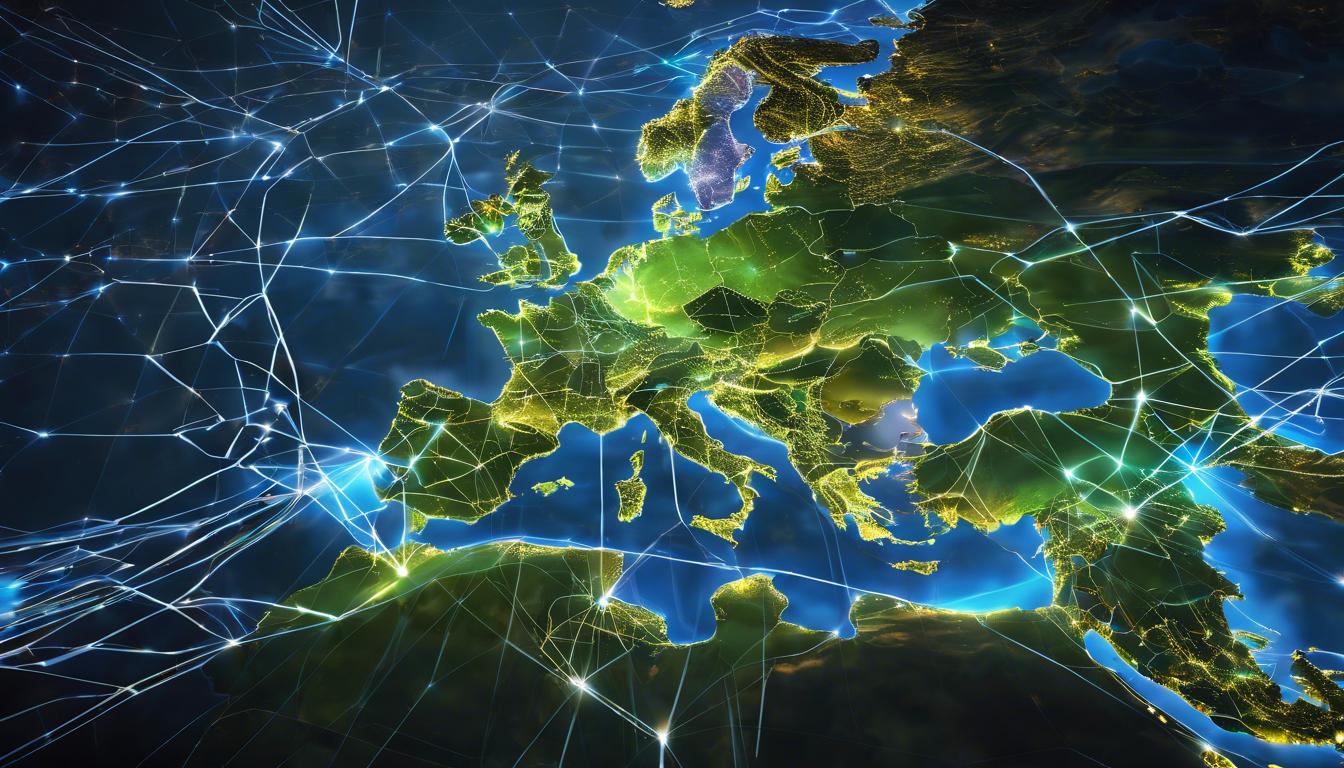As Europe recovers from a gas crisis with a supply surplus leading to lower market prices, experts warn of remaining challenges and the need for a balanced energy transition, against a backdrop of economic divergence within the EU.
Europe’s energy landscape appears to be shifting as the continent emerges from its recent gas crisis with an abundance of supply, contributing to a drop in wholesale market prices and residential energy bills. This surplus, attributed to factors such as reduced industrial demand due to economic pressures and a strategic increase in liquefied natural gas (LNG) imports, has prompted discussions on the future of Europe’s energy market and its reliance on renewable sources.
Despite an encouraging end to the winter season, with Gas Infrastructure Europe reporting EU gas storage levels at 58.72% full in March, suggesting a robust buffer against potential supply disruptions, experts caution that the region is not out of the woods yet. The abundance in supply, while a positive indicator, poses challenges such as potential oversupply during the summer, necessitating careful management to avoid premature storage fill-ups and maintain stable prices, currently suggested to stabilize around €25 per megawatt hour.
The backdrop to these developments includes a broader economic narrative of divergence within the European Union. Southern European economies, particularly Italy, Spain, Portugal, and Greece, have demonstrated remarkable resilience and growth, outpacing Germany by approximately 5% since 2017. This growth is largely fueled by a resurgence in tourism and lesser exposure to manufacturing and energy cost-related downturns. Conversely, Germany’s growth has been more subdued, raising discussions on the future economic policy directions within the eurozone and the potential impacts on the region’s energy strategies.
While Europe navigates its way through these complex energy and economic dynamics, the emphasis remains on balancing immediate supply and demand challenges with the long-term vision of transitioning towards renewable energy sources. Simultaneously, the varying economic trajectories of EU member states highlight the nuanced approach needed in addressing both regional and continent-wide policy objectives.













